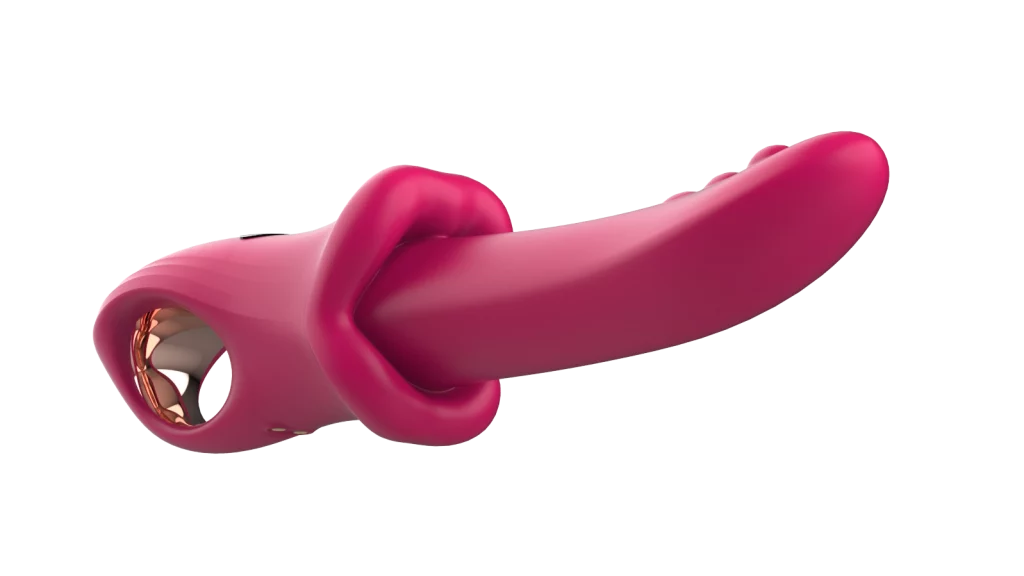![]()
Understanding Silicone Teethers
Composition and Manufacturing Process
The teething toys are manufactured using food-grade silicone that is non-toxic and safe for infants and lacks things like BPA (bisphenol A). Such kinds of silicone provide a safe means for infants to chew, where they don’t need to question toxic components that can arise with certain chewing objects. Silicone molded in ways and forms easily grasped and chewed upon comfortably by infants is then fabricated accordingly. High-quality silicone ensures that these teethers are strong enough to bear the biting pressure of teething babies without any durability concerns.
Benefits of Silicone Teethers
Silicone teethers have their benefits for babies in teething, as they are durable and can put up with the rough play of little ones over quite a long period. Their flexibility allows them to be molded into shapes to suit preferences. Additionally, they have a surface that simplifies cleaning and helps deter the growth of bacteria. Crafted from food-grade silicone to ensure each chew is safe and devoid of toxins, this passage emphasizes the significance of safety in silicone items designed for infants.
Safety Considerations for Silicone Teethers
Potential Risks and Concerns
Silicone baby teethers are relatively safe for infants; however, it is crucial to know the dangers associated with them as well. For example, there is a risk of choking if small parts break off or if the teether is too small for the baby’s mouth to comfortably handle. Thus, it is crucial to choose teethers that meet safety standards and are designed to minimize hazards. Additionally, it’s advisable to routinely inspect the teether for any signs of wear or damage.
Regulatory Standards and Certifications
To make sure babies stay safe when using silicone teethers, these products need to meet rules that guarantee they don’t contain harmful chemicals like BPA and phthalates. Companies usually adhere to standards set by groups, such as ASTM International or the Consumer Product Safety Commission (CPSC) in the US for testing the safety of items made for kids.
![]()
Comparing Silicone with Other Teether Materials
Silicone vs. Plastic Teethers
Upon comparing silicone teethers with options and considering the differences thoughtfully, one significant advantage of silicone is its non-toxic nature in contrast to plastic alternatives that may contain harmful substances like BPA unless explicitly labeled as BPA-free in the packaging details. Silicone teethers are designed with the ability to withstand heat up to 100°C for accommodating the shift between hot beverages. The information source emphasizes why silicone is preferred over plastic in high-temperature environments given silicone’s heat tolerance compared to plastic’s susceptibility to degradation under conditions.
Silicone vs. Wooden Teethers
Wooden teethers offer an alternative but come with their challenges when compared to silicone ones. The firmness of wood may not offer the level of comfort as silicone even though it is eco-friendly and biodegradable. Taking care of teethers requires extra attention to prevent splintering or the build-up of bacteria in crevices. On the other hand, the wide opening makes it easier to clean inside, reducing the risk of bacteria growth as highlighted in the user-friendly characteristics database for silicone products. This is why many parents prefer silicone over wood due to its ease of maintenance.
Silicone teething toys provide a long-lasting option that is easy to maintain compared to other products available on the market, making them a reliable choice for parents seeking practical solutions during their baby’s teething phase.
Tips for Choosing Safe Silicone Teethers
Key Features to Look For
When parents choose silicone teethers for their babies’ teething needs, it’s important to think about aspects to make sure the product is safe and works well. Firstly, it’s crucial to go for teethers made from food-grade silicone as this material’s safe and doesn’t contain harmful substances, like BPA and phthalates. Additionally, the durability of the teether matters too. It should be able to handle the chewing pressure of a teething baby without breaking or wearing out quickly. Don’t forget about the size when selecting a toy. The size should be big for safety, and small for babies to hold easily without any risks involved in it. The texture of teethers must also be taken care of as they can help soothe gums and stimulate sensory development.
Recommendations for Parents
It’s important for parents to frequently check silicone teethers for any wear and tear like cracks or loose parts that might be a choking hazard to their ones. Following the cleaning and maintenance guidelines from the manufacturer is also crucial to keep the teether safe for your baby. Looking out for certifications from known safety organizations can give you added peace of mind about the product meeting high safety requirements.
CASINDA Products: A Safe Choice for Your Baby’s Needs
CASINDA provides a range of silicone products focused on safety for parents’ peace of mind when choosing the best quality teethers for their infants that are free from harmful substances like BPA (an abbreviation for Bisphenol A). ![]() We are known for maintaining standards by incorporating food-grade silicone in its products to guarantee safety and eliminate any hazardous chemicals, a reassuring aspect for parents prioritizing quality and safety in their children’s belongings.
We are known for maintaining standards by incorporating food-grade silicone in its products to guarantee safety and eliminate any hazardous chemicals, a reassuring aspect for parents prioritizing quality and safety in their children’s belongings.
CASINDA demonstrates its dedication to quality by adhering to testing protocols and meeting international safety regulations standards effectively and efficiently, guaranteeing that its silicone products are both safe and durable to help alleviate teething pain.
Parents who choose CASINDA products for their babies while they are teething can feel assured that they are picking dependable solutions that will work effectively.







